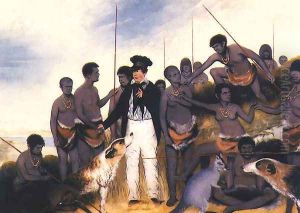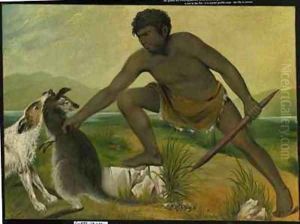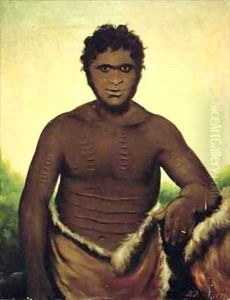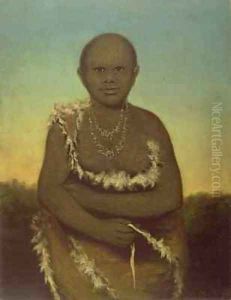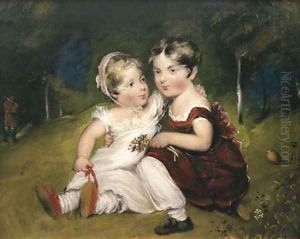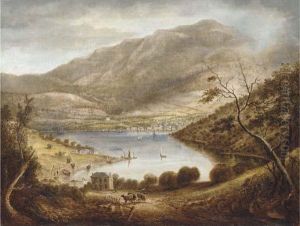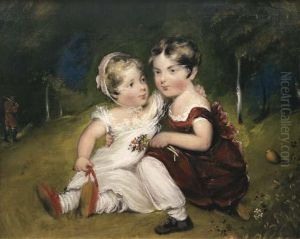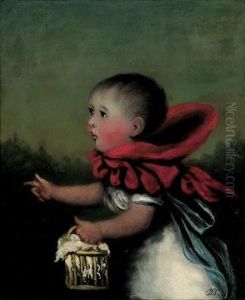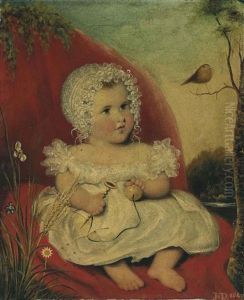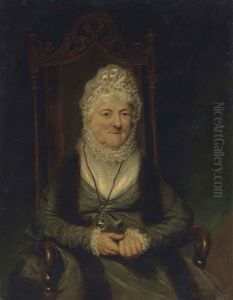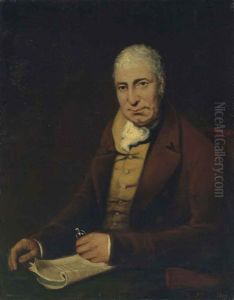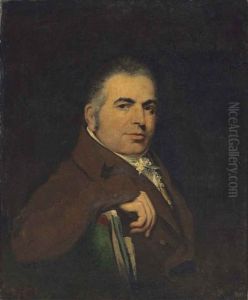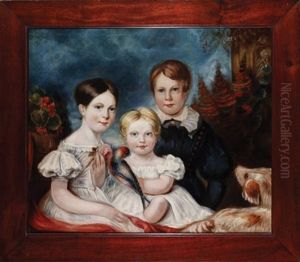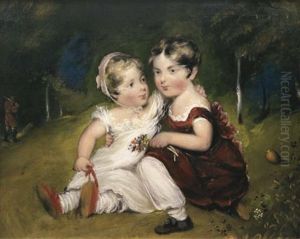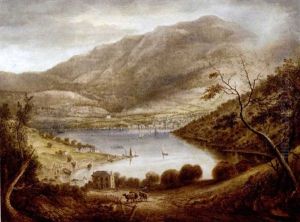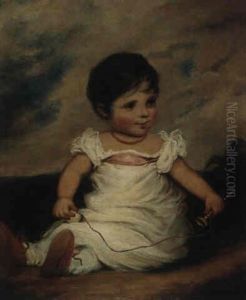Benjamin Duterrau Paintings
Benjamin Duterrau was a prominent artist born in 1767 in London, England. He is best known for his work as a painter, etcher, and art teacher. Duterrau began his artistic career in England, where he established himself as a portraitist and historical painter. In 1832, he decided to emigrate to Australia, settling in Hobart, Tasmania, which was then a British colony.
In Tasmania, Duterrau continued his work as a portraitist, capturing the likenesses of many significant colonial figures. However, his most notable contribution to art history was his engagement with the indigenous Tasmanian population, the Palawa people. Duterrau's paintings of the Palawa are some of the earliest and most detailed visual records of the indigenous people of Tasmania during the early colonial period. He was deeply interested in the lives and culture of the Palawa, and his works provide a unique perspective on the interactions between European settlers and the indigenous population during a time of significant conflict and change.
Duterrau's most famous work is 'The Conciliation', which depicts George Augustus Robinson, a colonial official, endeavoring to persuade the Palawa to assimilate into the colonial society. This painting is considered an important historical document, reflecting the complex and often tragic history of the Tasmanian Aboriginal people during the 19th century. Despite the potential for such works to be viewed through a colonialist lens, Duterrau’s paintings are often credited with a level of empathy and detail that provides valuable insight into the Palawa way of life before their near destruction due to European colonization.
Duterrau's contribution to Australian art was significant, and his works are held in various public collections, including the Tasmanian Museum and Art Gallery and the National Gallery of Australia. He continued to work and teach in Tasmania until his death in 1851. While he may not be as widely known as some of his contemporaries, Duterrau's work remains an essential part of the narrative of Australian art, particularly in its depiction of early colonial history and the indigenous peoples of Tasmania.
